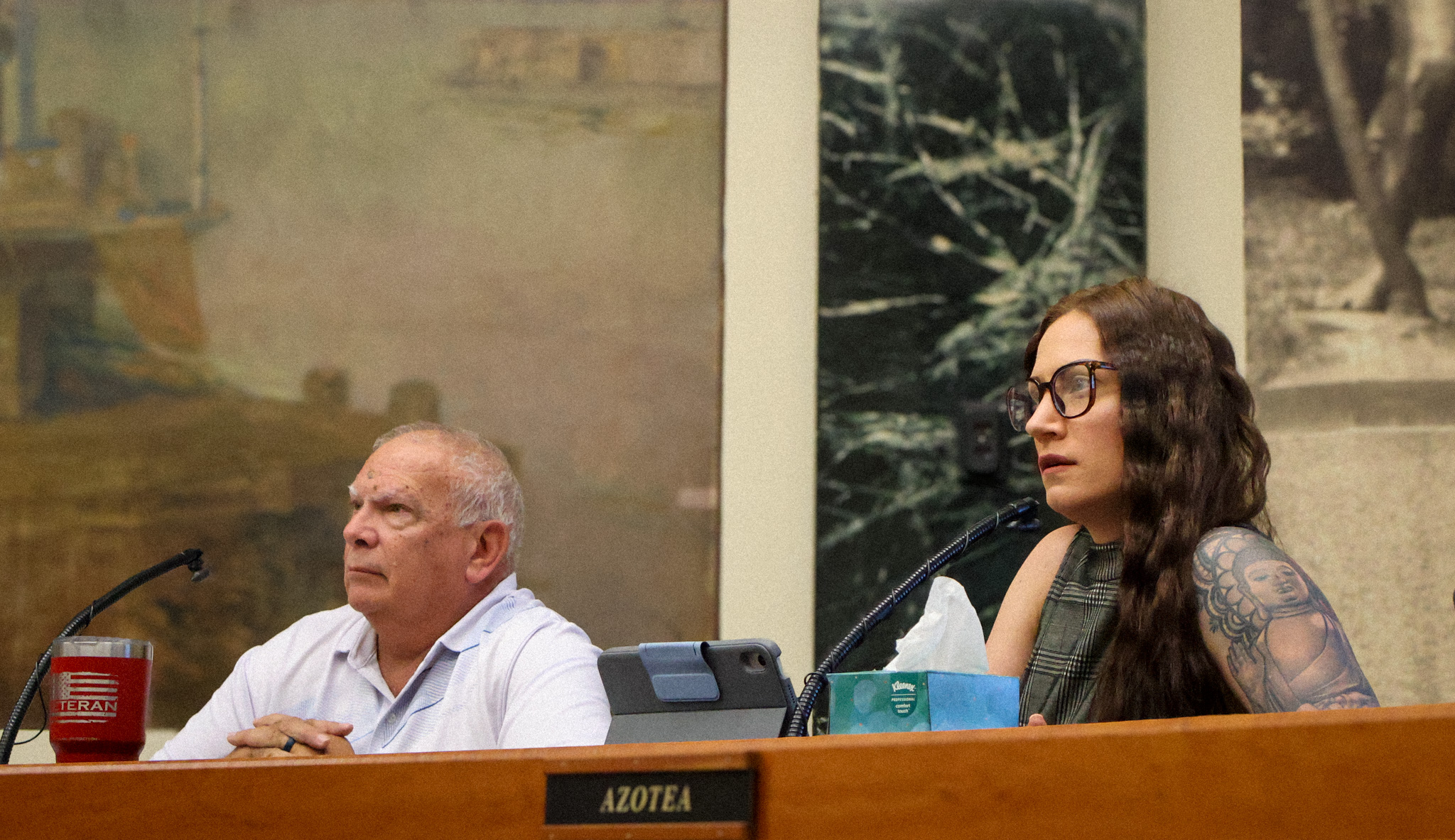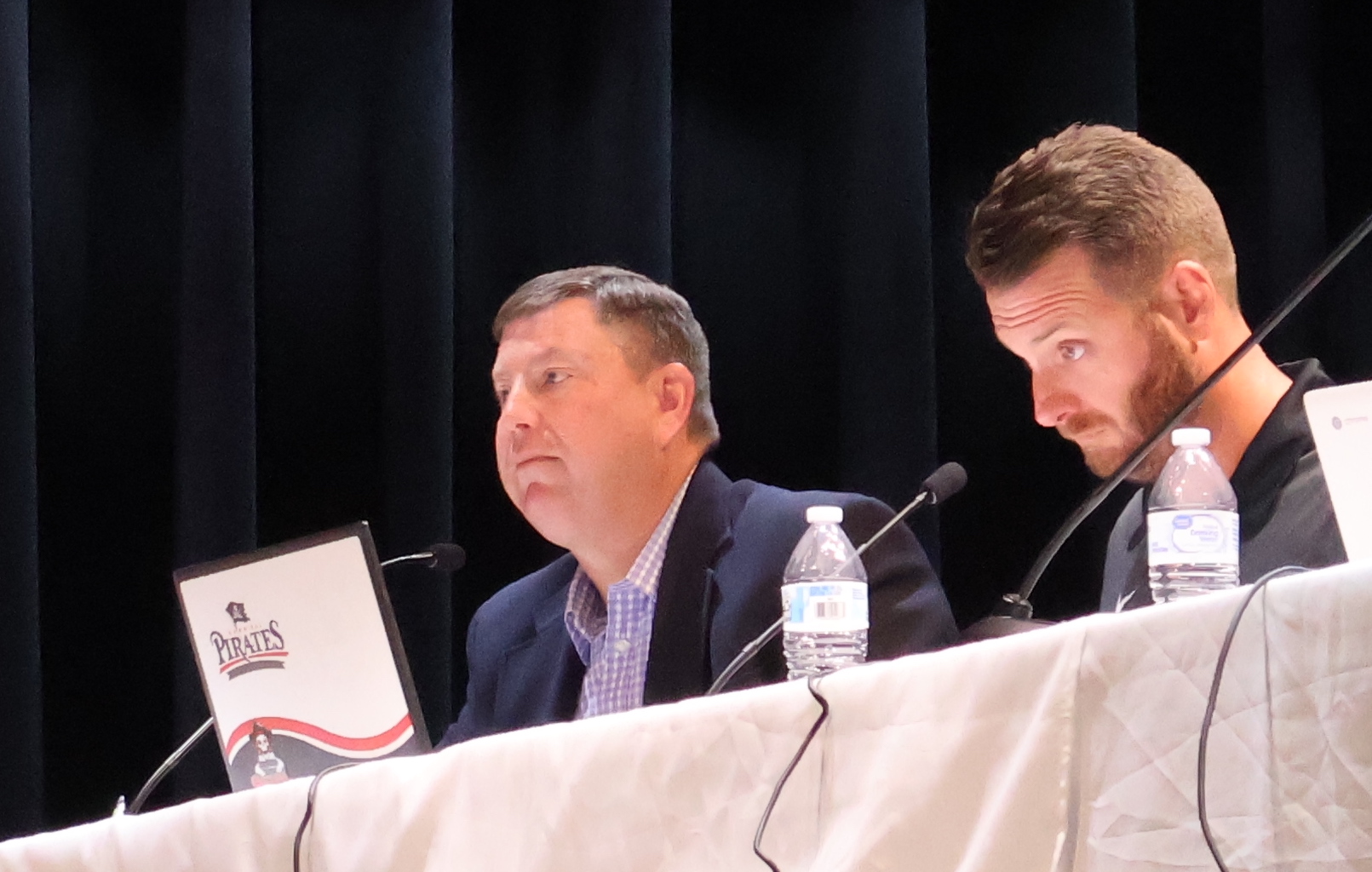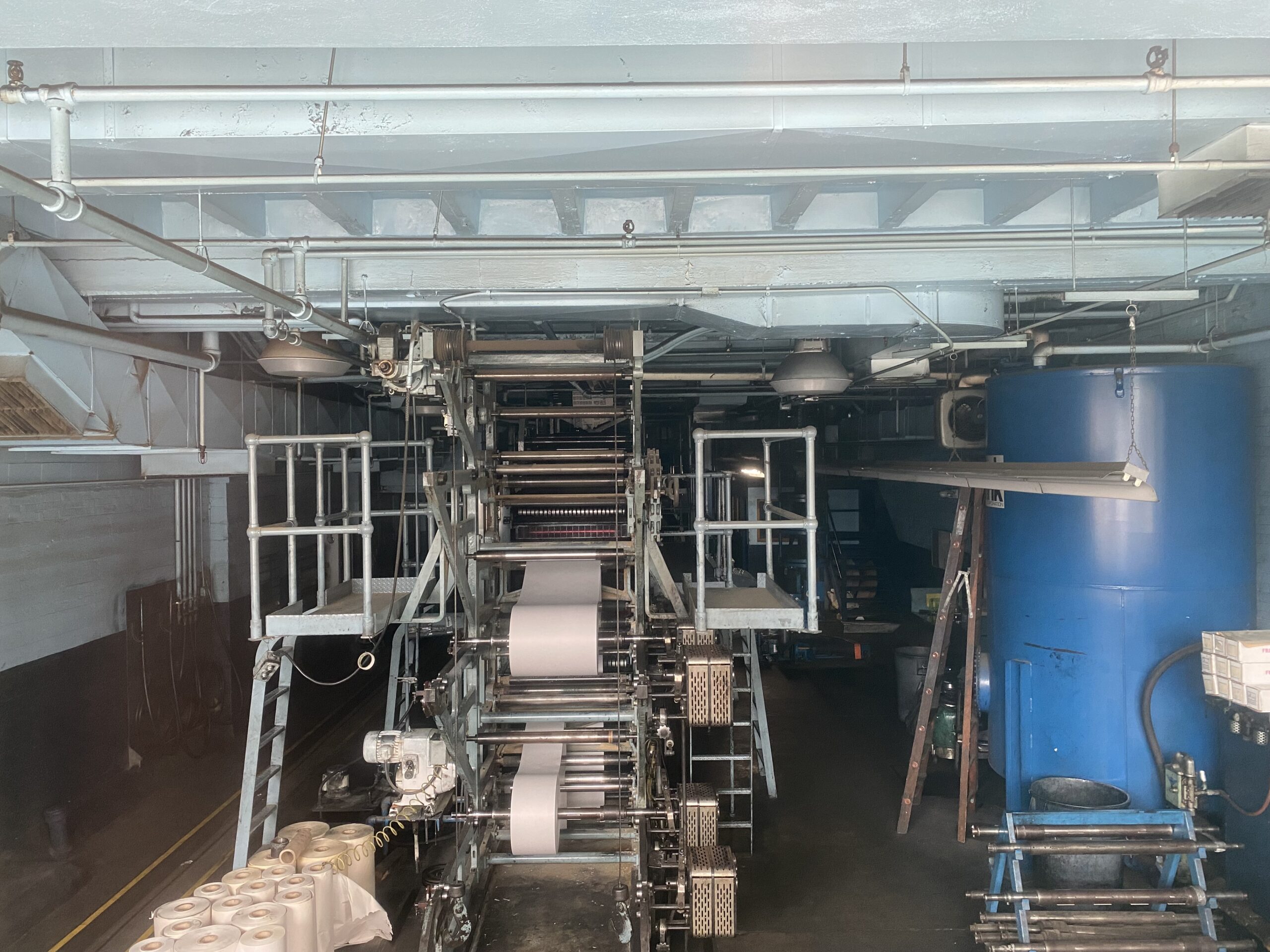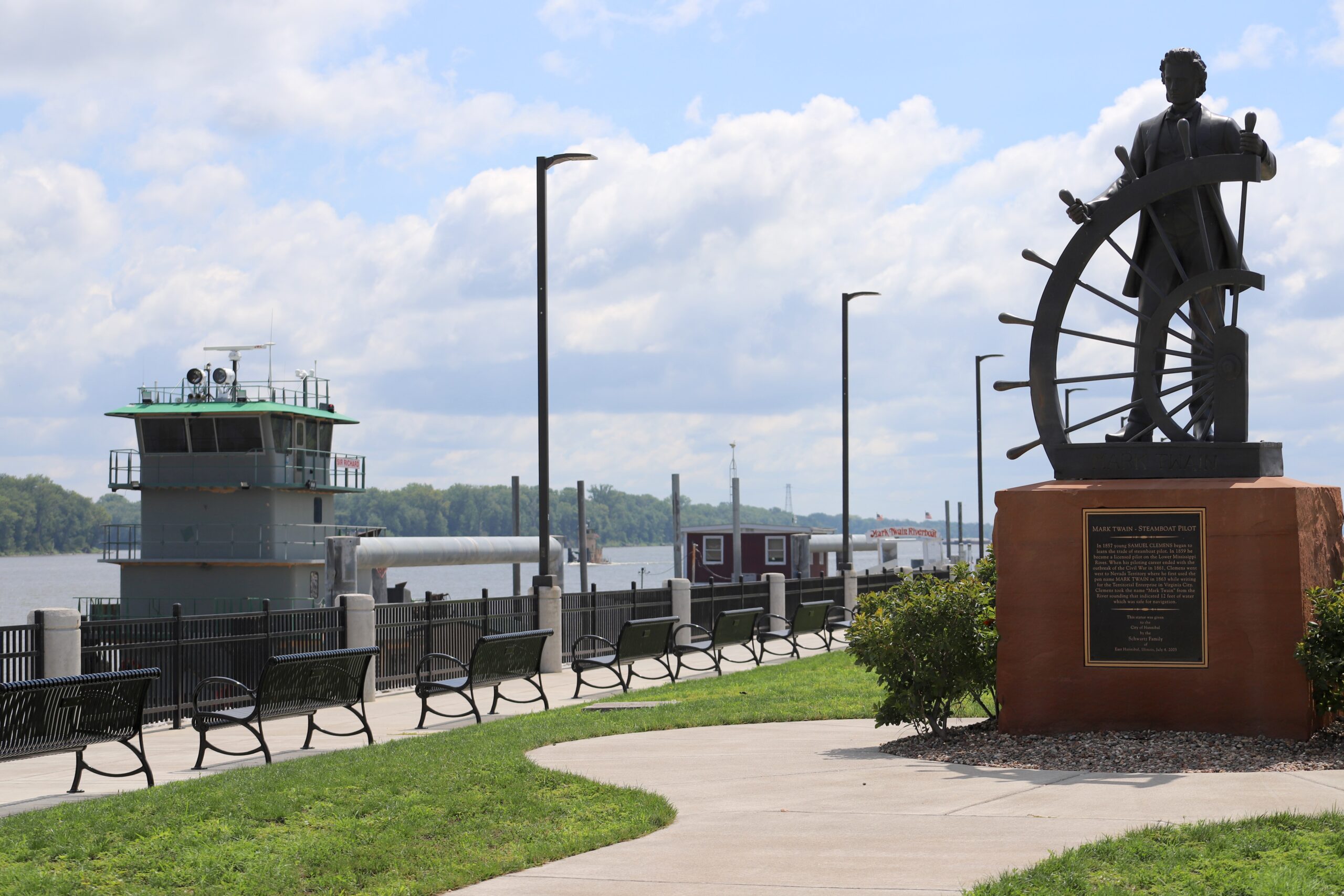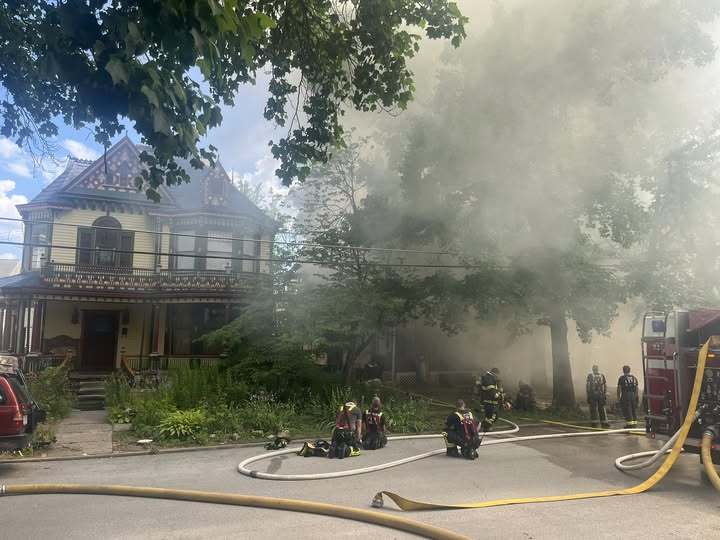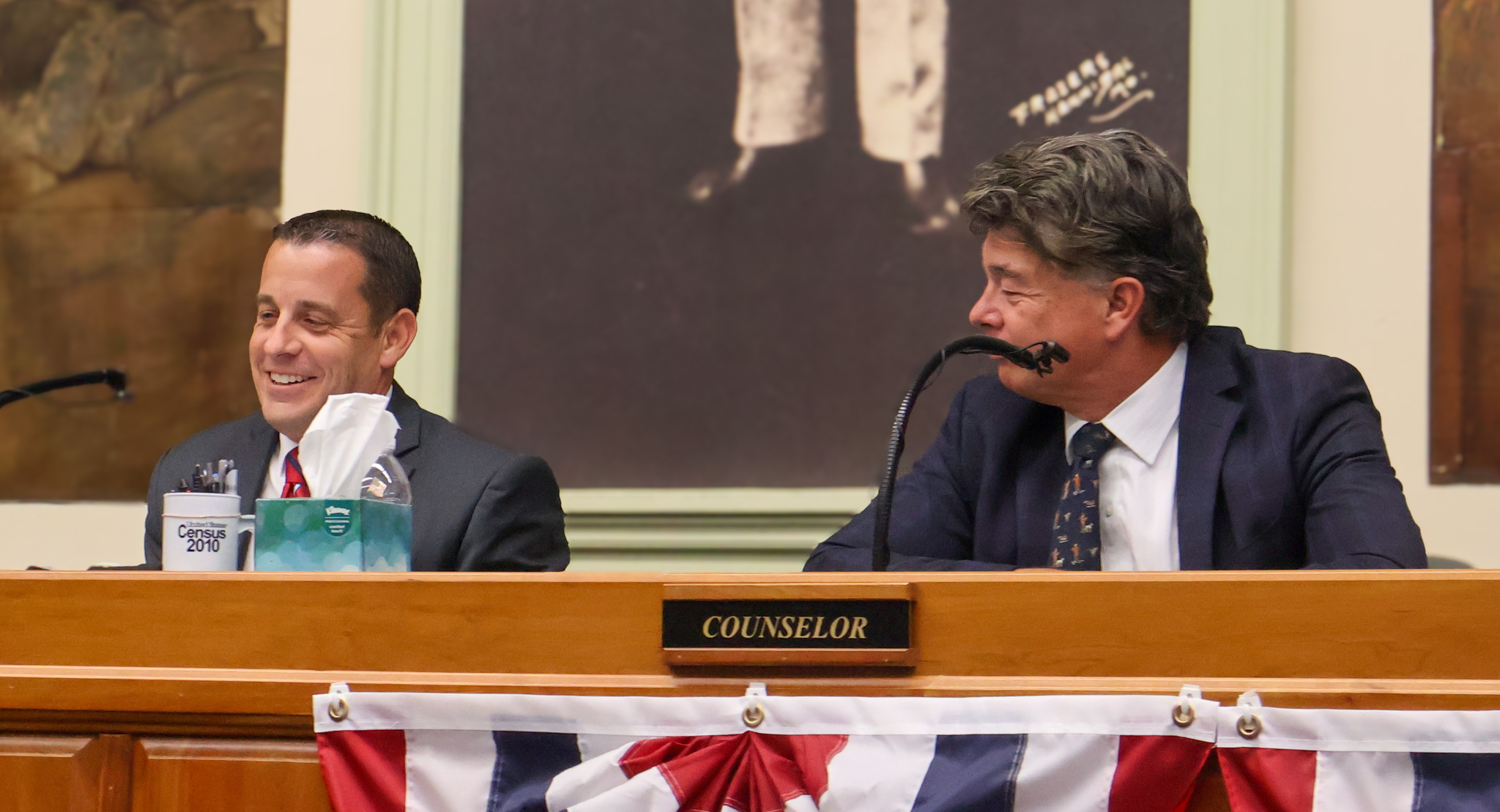HANNIBAL, Mo. A 40-year power purchase agreement between the Hannibal Board of Public Works (HBPW) and Missouri Electric Commission was approved by the Hannibal City Council, enabling the HBPW to take part in the Northeast Generation project.
In order to address the growing costs of energy capacity in recent years, the project was created in cooperation with other organizations within the same market zone (Zone 5) of the Midcontinent Independent System Operator (MISO).
At the meeting on August 5, First Ward member Scott Haycraft, Third Ward member Robert Koehn, Fourth Ward member Euhlan Leeders, Fifth Ward member Michael Fleetwood, and Sixth Ward member Nathan Munger voted in favor of the agreement. April Azotea of the Second Ward was the lone vote against.
The Hannibal Board of Public Works (HBPW) general manager, Darrin Gordon, addressed the council to address inquiries regarding the agreement, give updates on their current projects, and offer information on impending regulatory changes.
Gordon stated that the HBPW is one of about 170 municipal and associate members of the Missouri Public Utility Alliance (MPUA), which will carry out and finance the project.
MPUA is considering visiting our industrial park. Gordon stated that they intend to purchase a section of the park and construct a generator. The HBPW will not invest any funds in this until that generation site is able to produce electricity.
According to a July 7 memo sent to the council by HBPW Director of Operations Matthew Munzlinger, phase one of the project entails installing one gas-fired turbine generator in Fulton, Missouri, and two in Hannibal. This will result in 79 MW of new generation capacity and ensure that 30 MW, or nearly 40%, of Hannibal’s capacity requirements will be available at a known cost for the foreseeable future upon entering into commercial operation in 2029 or sooner.
Azotea inquired as to how the HBPW’s involvement in the project would affect the average monthly electricity cost; however, calculating the impact would necessitate a certain amount of predictability in the existing energy market, which is lacking.
The average annual cost of capacity has skyrocketed from $45,000 to $2.9 million in just four years, representing a disastrous 6,345 percent cost rise. Capacity is the phrase used to indicate grid insurance against power outages. According to MISO’s annual auction, a zone’s additional capacity expenses are reduced when it can produce its own capacity.
Gordon clarified that the generator MPUA is aiming to construct is a peaking unit, meaning it supplies electricity and capacity when the grid is at its lowest.
“We’re going to turn on that generator whenever there is a grid constraint,” Gordon stated. As a co-owner of that generator, it produces electricity and sells it to the grid. It returns money to us.
By reducing extra capacity expenses, producing income through the HBPW’s involvement in the market as a producer, and protecting the company’s 8,000 customers from potential power outages, direct access to the unit could reduce some market volatility.
From our first closed session meeting, I realize that we had never experienced a power outage. Why is it necessary now? Azotea inquired. because the citizens and ratepayers will ultimately be impacted by this. Why will we make them pay for something that we have never required before?
When Winter Storm Uri struck in February 2021, Texas was unprepared for a grid failure, and over 4.5 million Texans were left without electricity in temperatures below freezing. Uri was regarded as one of the most expensive disasters in American history, with up to 750 fatalities and over $300 billion in damages. In order to guarantee that communities have electrical safety nets in case they ever needed them, stronger capacity requirements were put into place.
According to Gordon, capacity refers to the integrity of the entire MISO grid, which stretches from Canada to Louisiana, rather than just a community’s assured access to energy when they need it.
Extreme weather events that are becoming more frequent and severe, along with the growing energy demands of AI data centers, have caused demand to skyrocket nationwide while supply is decreasing. This has put an almost constant strain on the grid and raised the risk of its failure.
According to a 2024 study, throughout the previous ten years, Americans had higher outage durations and more frequent power outages, demonstrating the power system’s growing fragility.
The threat of uncontrollable and catastrophic grid-wide failure spikes when energy demand creeps up too closely to supply levels, but rolling blackouts reduce that threat by quickly shedding some of the grid s demand.In May, a rolling blackout struck New Orleans with only three minutes’ notice, leaving 100,000 residents without electricity.
Gordon was asked once more by Azotea to provide a detailed cost study for the residents and to confirm whether the HBPW would raise their power price at any time the board felt it was appropriate.
Gordon said, “Not saw fit, when it is financially needed.”
He clarified that the HBPW has no control over the pricing of any of the three factors that affect electricity costs. The element that keeps air conditioners and lights operating is the price of electrons, which varies.
They also have no control over the cost of transmission, which is what moves electrons from point A to point B. As a result of more transmission lines from renewable power plants, this cost has been rising steadily.
The cost of capacity is the third factor. The Northeast Generation Project will enable the HBPW to limit their capacity expenses at $4.39 million per year, though that figure may potentially change.
Once more, Azotea requested that Gordon give a precise amount for the effect on tenants’ monthly costs.
Munger added, “We’re already paying for capacity, that’s already in the bill.” In order to give them a more consistent bill, we’re gaining control over that expense so there is less variation.
So their bill won’t be significantly impacted? Azotea inquired.
As long as the other two variables don t dramatically increase, Haycraft said.
About five minutes after Gordon explained that the HBPW was involved in the Northeast Generation Project due to daily extreme cost fluctuations in all three variables that have made it impossible to predict future increases or decreases, Azotea asked if he had investigated whether the other two variables would experience a significant increase.
According to Gordon, the HBPW keeps hedging, which means that they lock in a fixed capacity fee in advance to avoid unforeseen cost swings. He stated that they continue to buy our transmission and the electrons at the best price while keeping an eye on the market.
An HBPW analysis estimates that if the proposed generator had been installed four years earlier, it would have brought in $2.9 million. The next year, it would have brought in $400,000, and the year after that, $600,000.
The generator would have produced $8.89 million this year if it had been installed earlier.
After discussing the agreement for about forty minutes, mostly with Azotea, Gordon grinned and stated, “Okay, so I’ve got seven minutes to get through the other points.”
Gordon updated the council on many ongoing HBPW projects, including the replacement of the Indian Mounds substation and modifications to the water treatment regulations. Click here to read the story.
